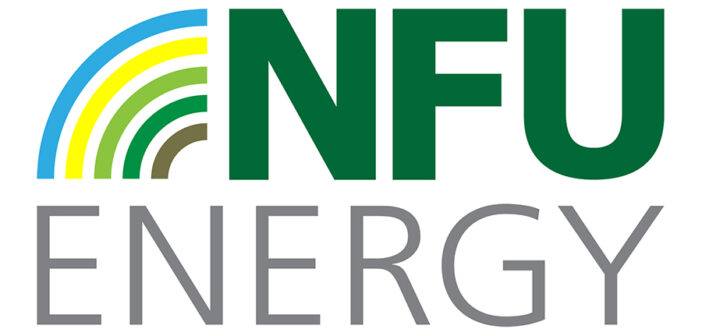NFU Energy has voiced concerns and proposed solutions to the challenges facing its agricultural customers from changes to Ofgem’s standing charge.
It comes following an open consultation from Ofgem that started late last year for input and alternatives for the standing charge.
While NFU Energy have acknowledged that the necessity of network upgrades may pass costs on to end-users, the disproportionate distribution of these costs among non-domestic customers could be a cause for concern.
The main issues they identified with the current standing charge framework include prohibitive Maximum Import Capacity (MIC) banding rules, meaning some customers are classified into higher bands than necessary, leading to inflated costs.
See also: The Royal Countryside Fund provides financial boost for rural communities
The banding model is also based on peak demand, meaning it disproportionately increases costs for seasonal users of high-consumption equipment, such as grain dryers.
Joshua Robinson, head of contract sales at NFU Energy said: “Our response to the government consultation highlights our commitment to safeguarding the interests of our customers.”
“Our goal is to alleviate the burden of unreasonable energy bills, ensuring uninterrupted operations for our valued clients.”
To tackle these problems, NFU Energy propose that standing charges should be based on annualised and not peak demand, and band moving should be revised to assess peak demand more accurately.
Through increased banding segmentation and frequent banding changes done potentially through quarterly automation, thy could better align with seasonal usage patterns.
They also suggest removing standing charges from fixed contracts to reflect the dynamic nature of third-party costs, and supporting renewable generation with subsidies or reduced standing charges for renewable energy producers.
NFU Energy has recently launched its Standing Charge Banding Reduction Service, aiming to helping customers reduce their energy costs by getting a new agreement with their District Network Operator (DNO) and ensuring that the Line Loss Factor (LLF) accurately reflects their meter’s new banding.




